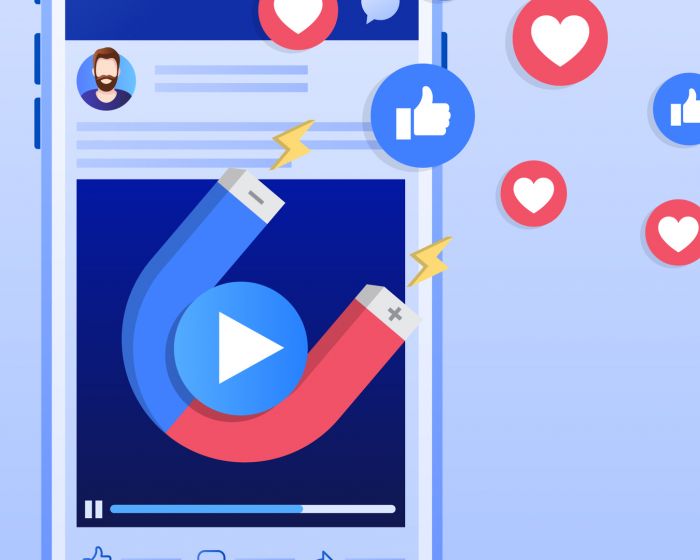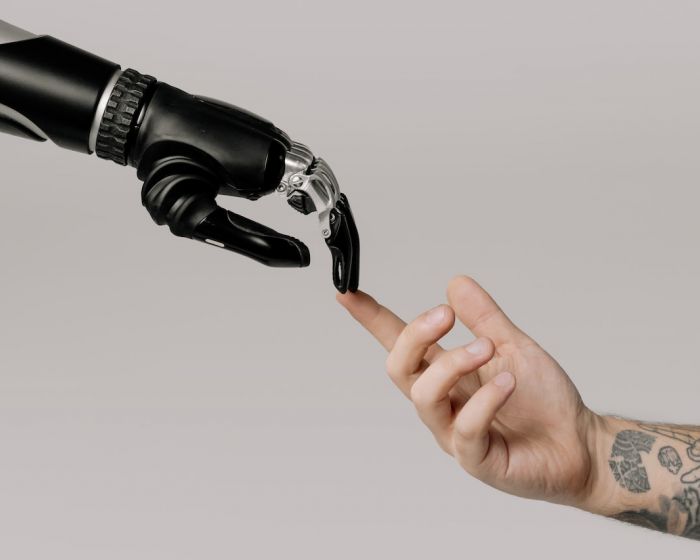Experiential marketing is an approach to marketing that really tries to think outside the box. If your business is stuck in something of a marketing rut and is looking for ways to better engage with current and potential clients and make them feel more deeply affiliated with your brand, then experiential marketing might just be the answer for you.
A successful experiential marketing campaign lies in truly capturing the attention of your intended audience and remaining in their memories long after the campaign has finished. Traditional marketing techniques are slowly losing their appeal as people have become so familiar with them and overexposed to them. For instance, people are quick to ignore internet banner advertising or fast forward television adverts.
To contrast, consumers cannot ‘block out’ or ignore the experiential message, simply because they are captivated and compelled by it the moment they see it. Therefore with the experiential approach, the world is truly your oyster and there is no ‘right’ or ‘wrong’ way to approach it; what’s important is that you leave a lasting impression on your customers.
What are the Benefits of Experiential Marketing?
- Presents the ability to communicate on a far more personal level
- Creates better emotional engagement
- Boosts conversion rates
- Builds long-term customer relationships
- Keeps clients returning to the brand
- Inexpensive to execute
- Offers a multitude of options
How does it Work?
Experiential marketing works by interacting with the customer, encouraging product trial and establishing relevance.
For example, in 2013, National Geographic promoted its new 3D channel and its brand by setting up a ‘Live Augmented Reality Experience’ which gave shoppers the impression that real animals were roaming around the centre (including dinosaurs, cheetahs and dolphins) as well as astronauts and giant bubbles (you can see the video here).
This was a highly interactive and unforgettable experience that truly engaged the individual and no doubt created a longstanding impression on those that were present which surely encouraged them to tune into the channel.
How does Experiential Marketing Work Best?
The best time to execute an experiential campaign is when people are least expecting it. It is best to have a well-planned out strategy where all staff involved are thoroughly briefed and informed beforehand. Also, it is most effective when your ideal customer group are all gathered in the same location and therefore easier to target, so be sure to choose a location and environment that suits your target audience.
Finally, ensure that everything is well set up and well run in order for you to gain the most out of your campaign. With an excellent experiential marketing campaign you can guarantee improved brand awareness, heightened word of mouth advertising and a more long-term, loyal client base.








